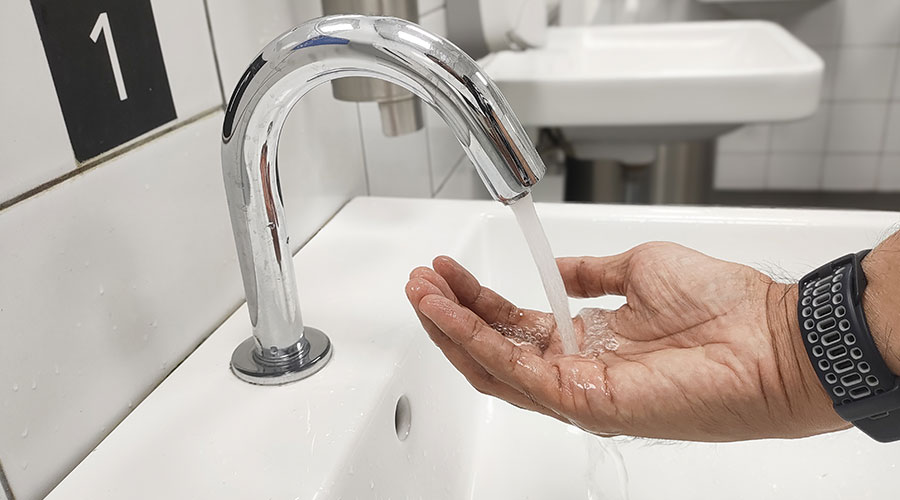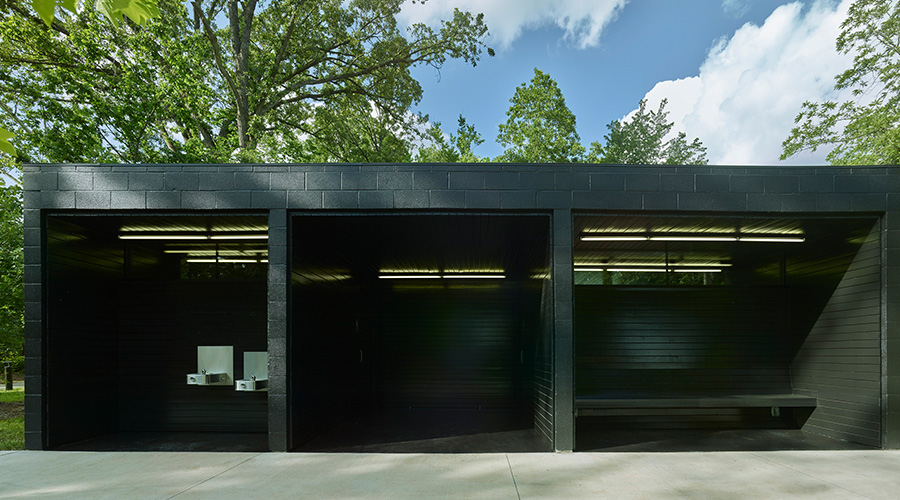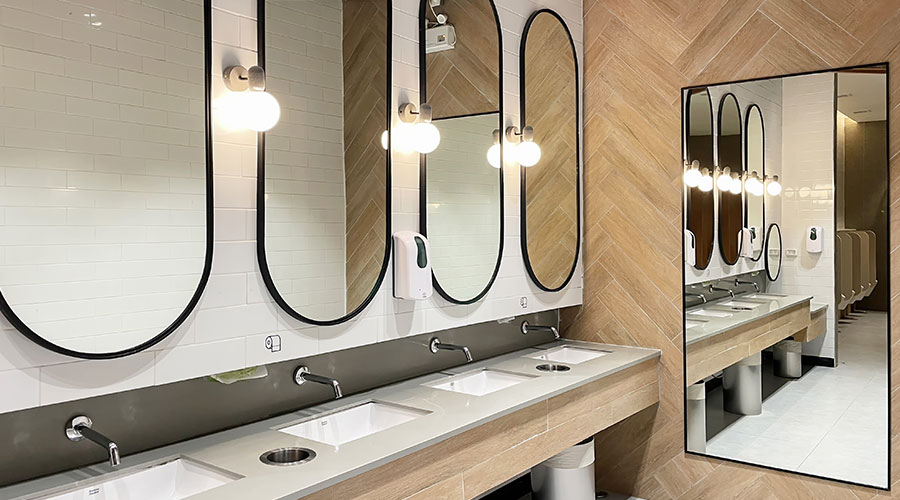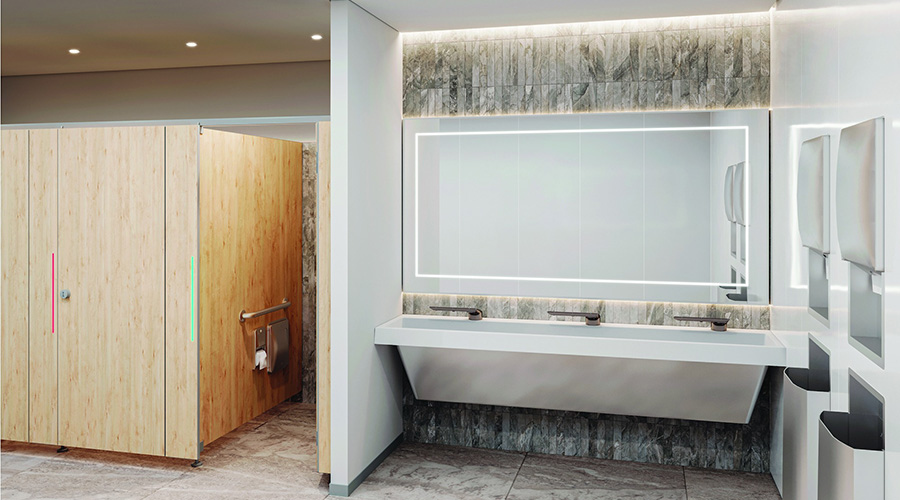Dual-Flush Valves, Grey-Water Systems Save Water
Managers can achieve another benefit by using dual-flush valves, which operate in one direction for a standard flush and the opposite direction for a lower-consumption flush. Dual flushometers can save 50 percent on water bills.
Another improvement strategy involves reusing storm water and grey water for non-potable applications, such as flushing toilets and urinals, as well as for custodial and grounds care needs. Upgrades to incorporate these changes also can earn LEED credits and, on average, a 32 percent reduction in water use.
Also, since these savings result from improvements in system efficiency, they cause no inconvenience to occupants. In fact, occupants often see better reliability and quality of service, which shows up in more positive responses on customer-service questionnaires.
Plumbing-system upgrades not only can improve a facility’s sustainability. They also can reduce costs, conserve resources, and reduce loads on waste and water treatment plants. Whatever strategy a manager chooses, getting top management’s approval is much more likely during these economically troubled times if the savings justify the costs.
Related Topics:














